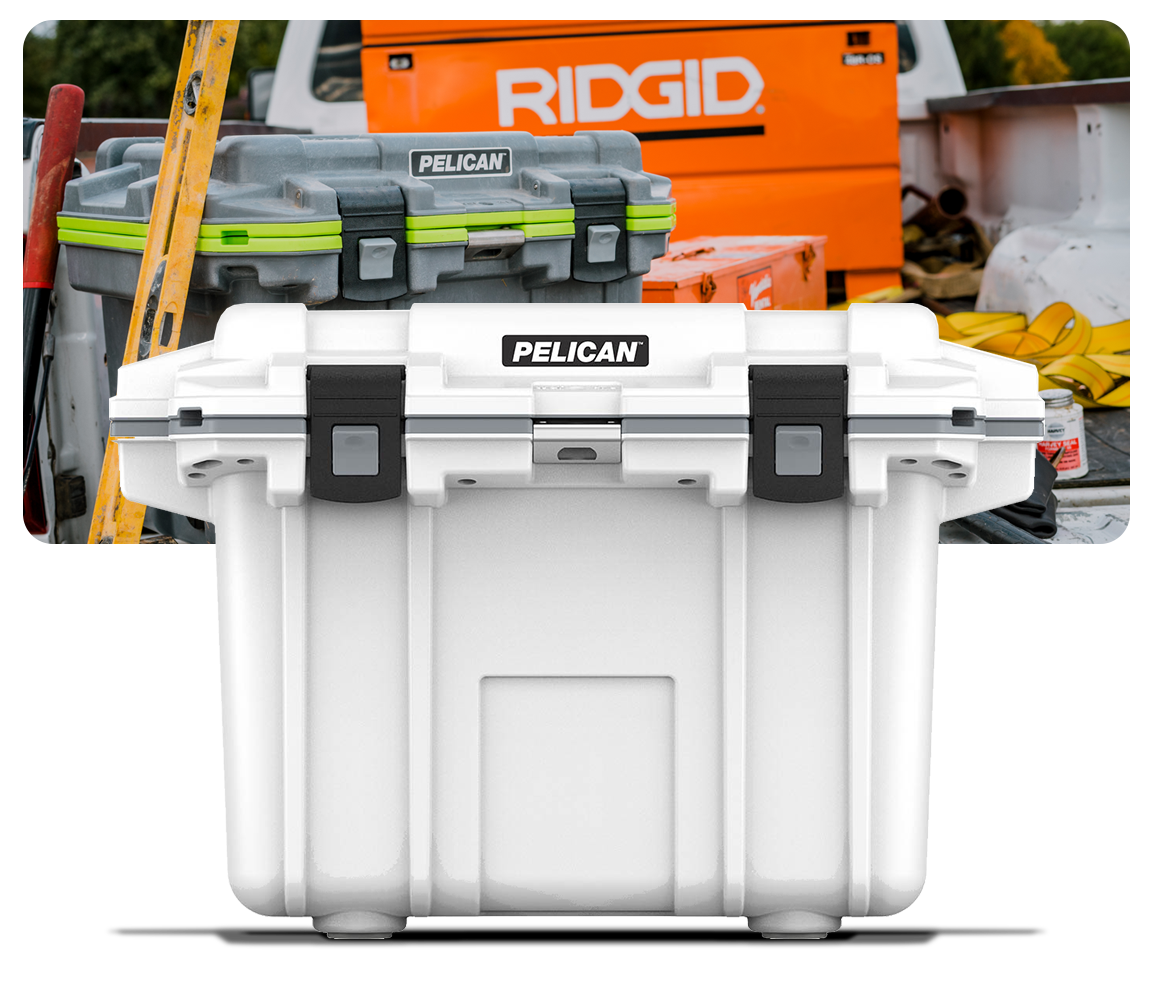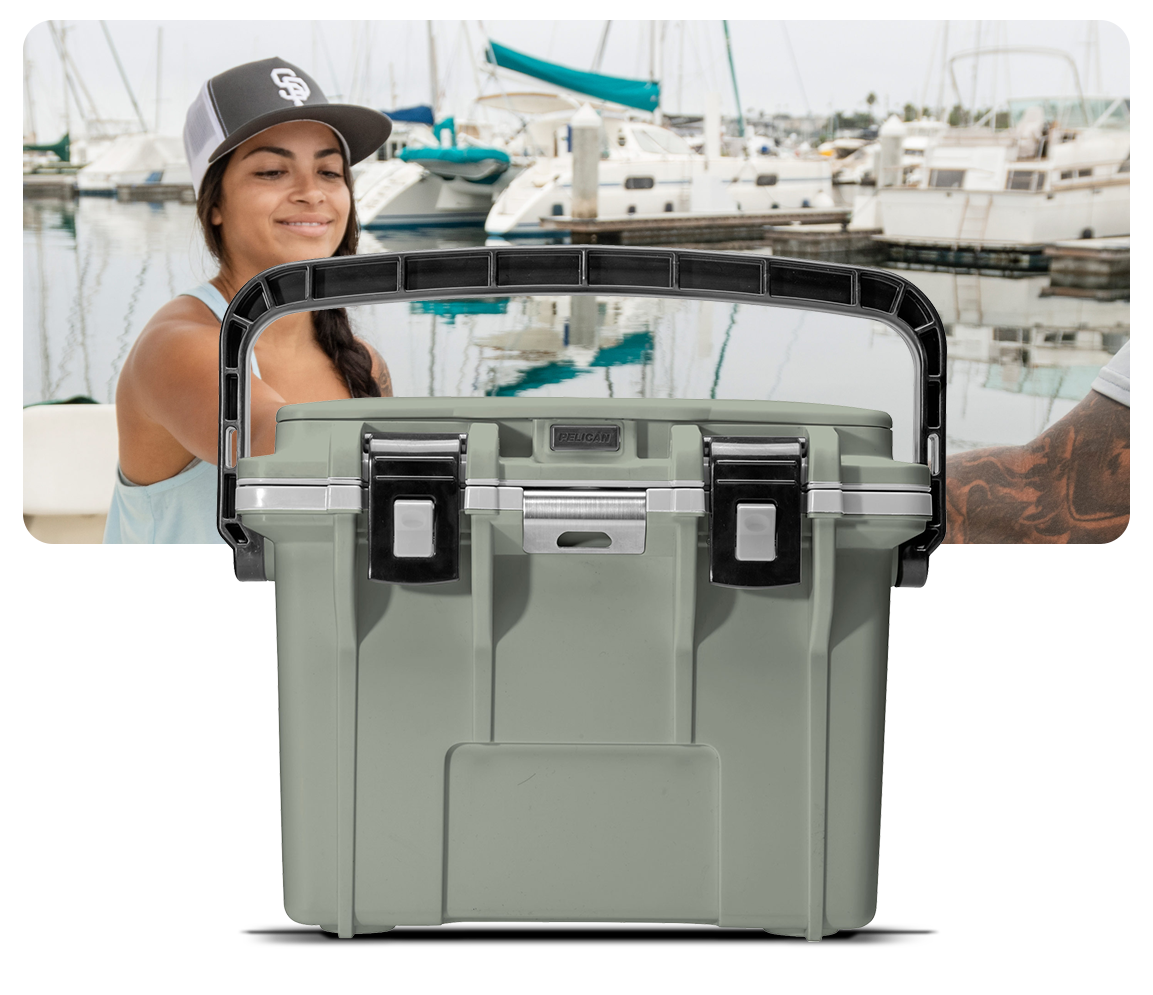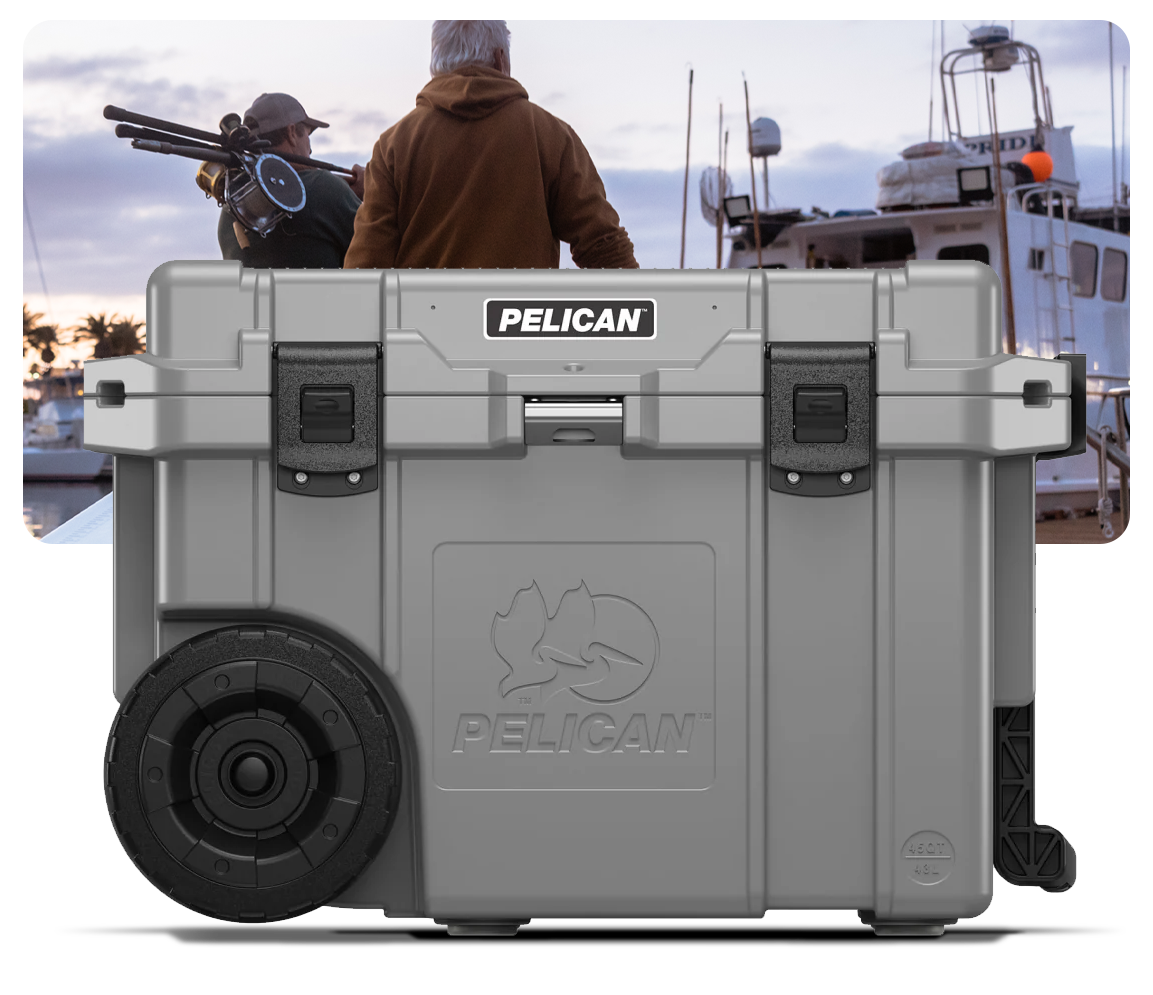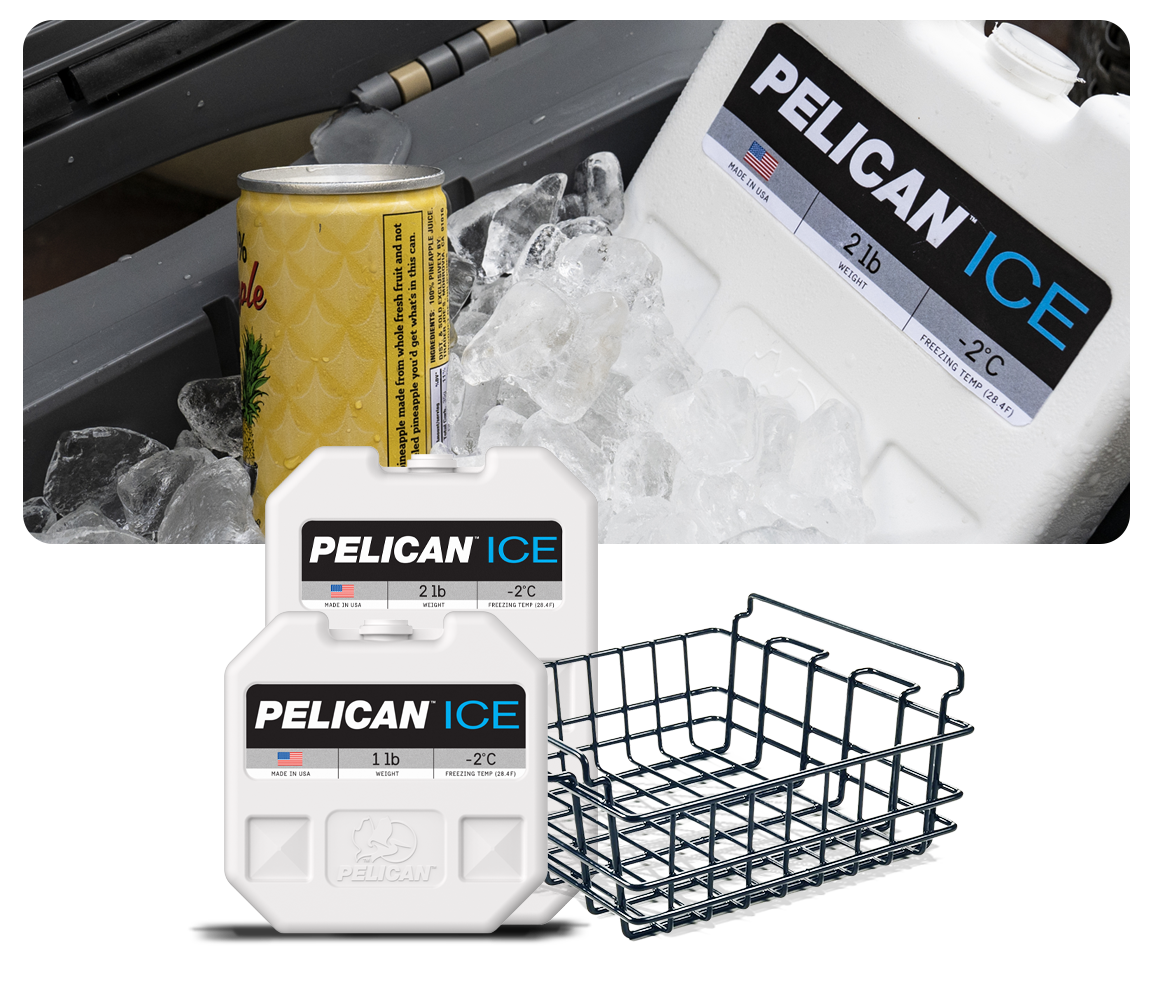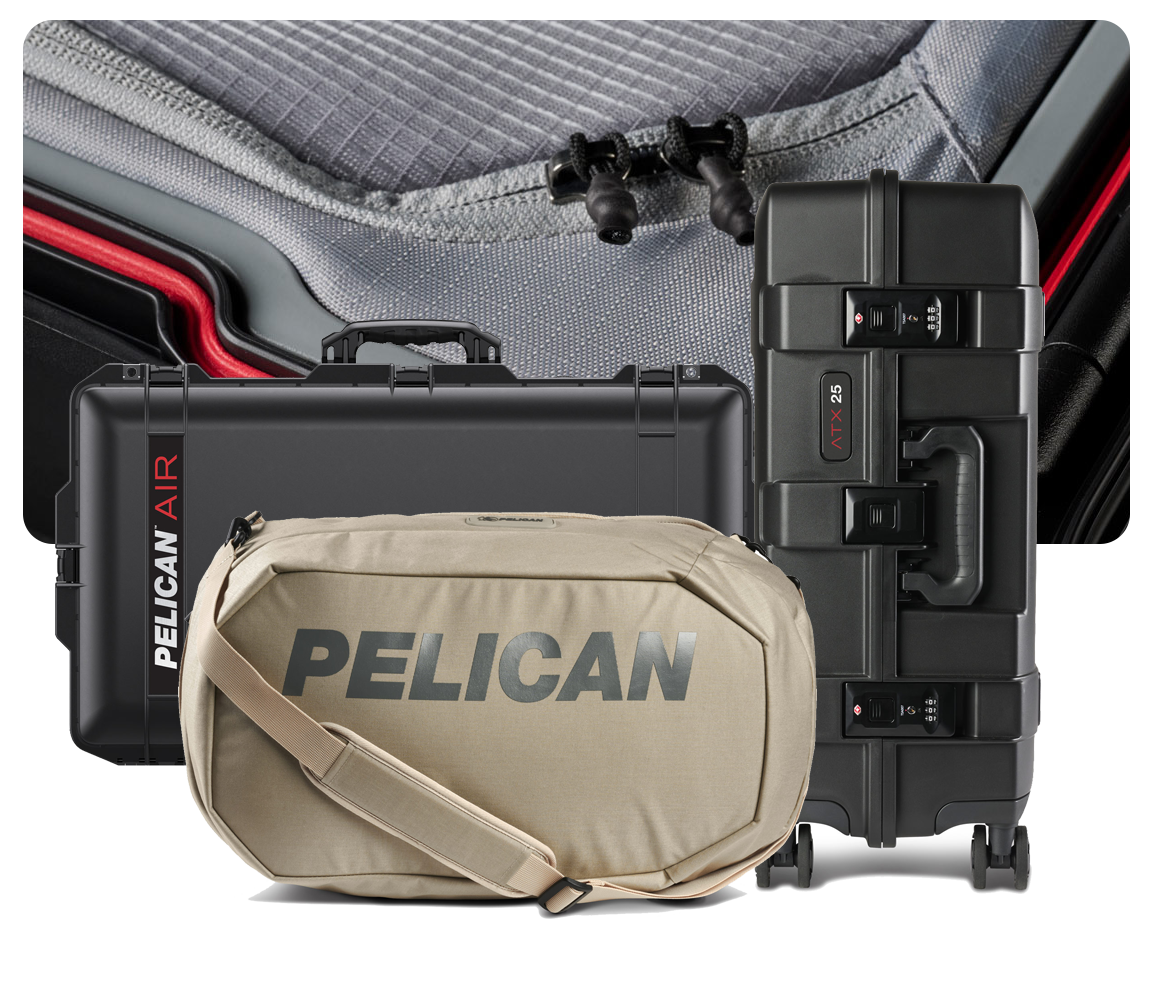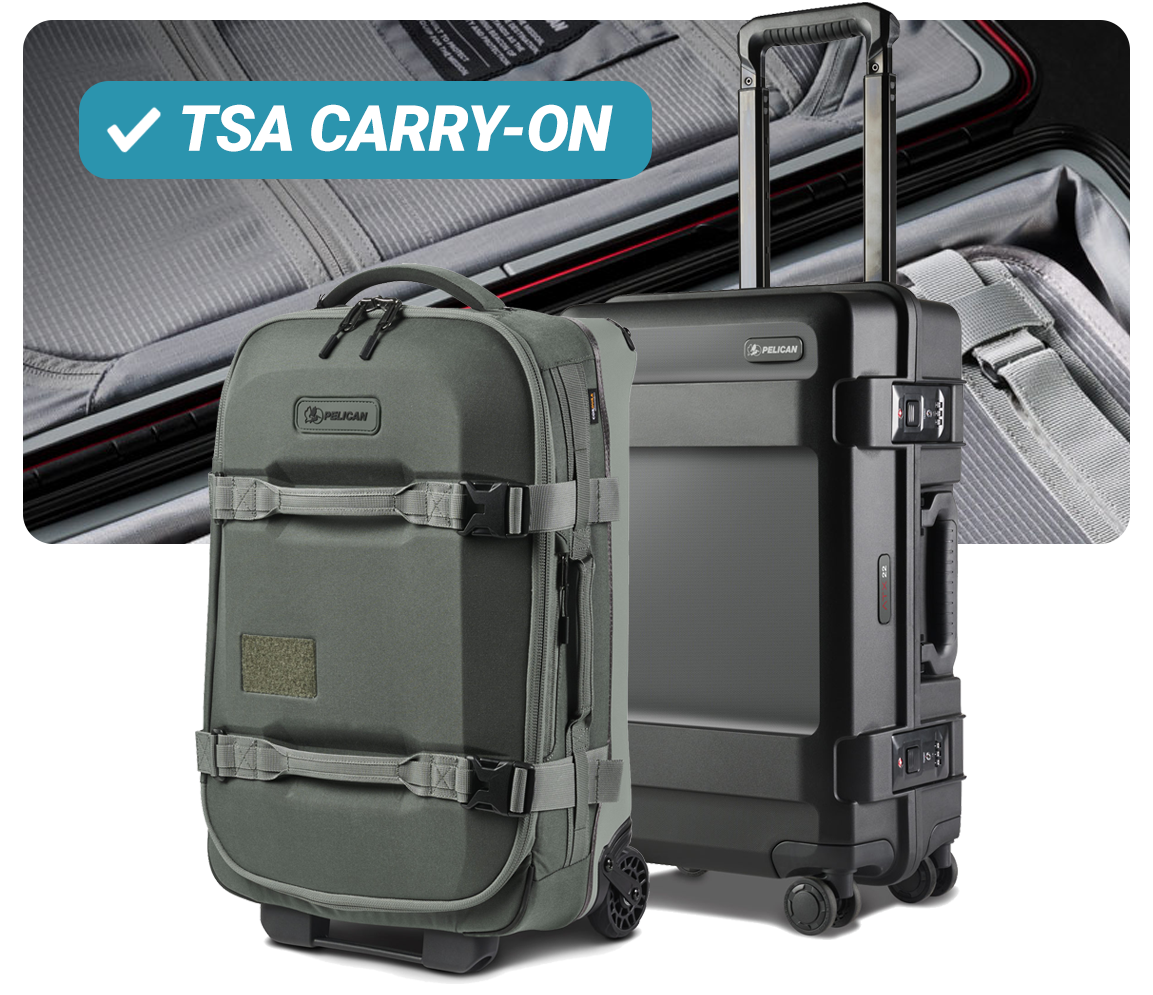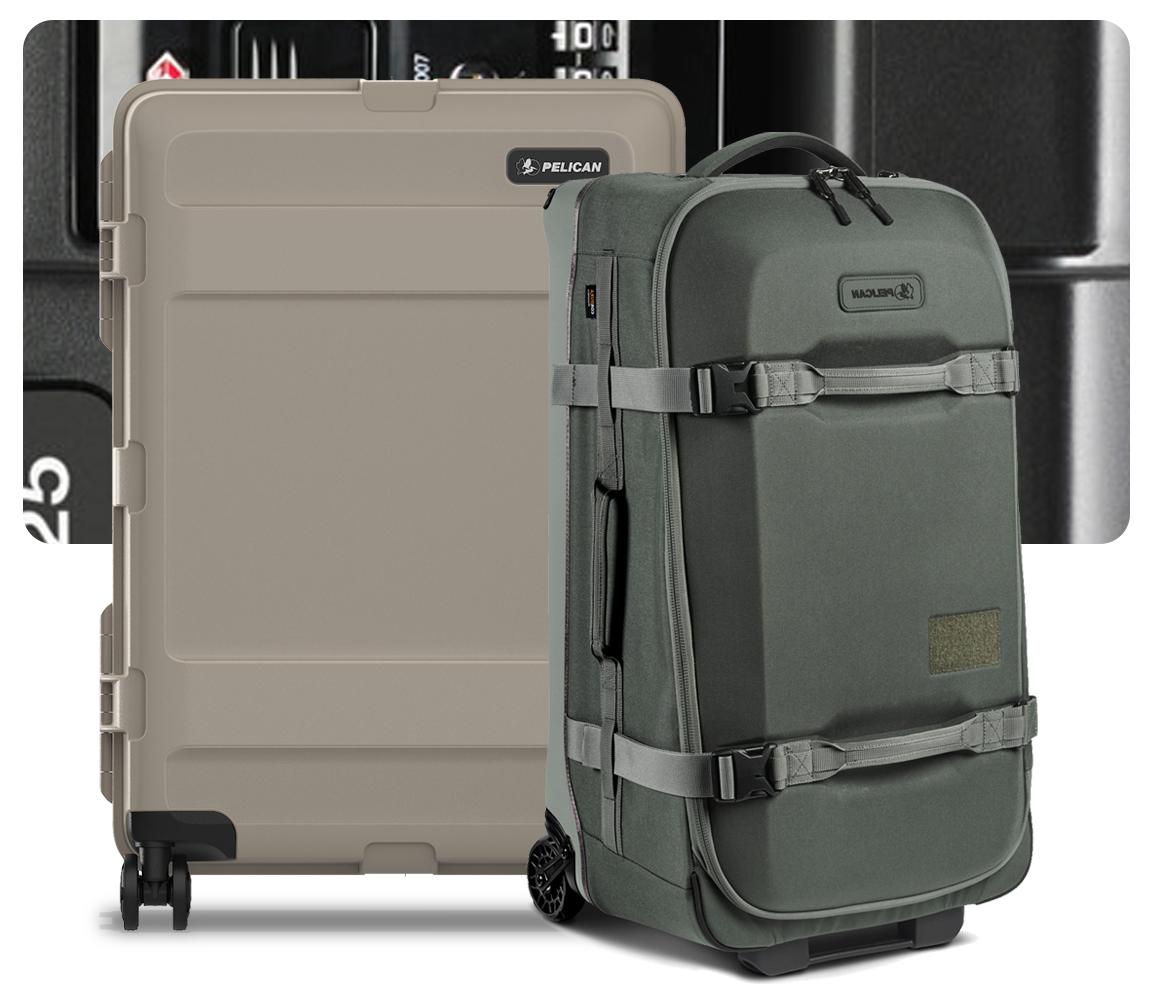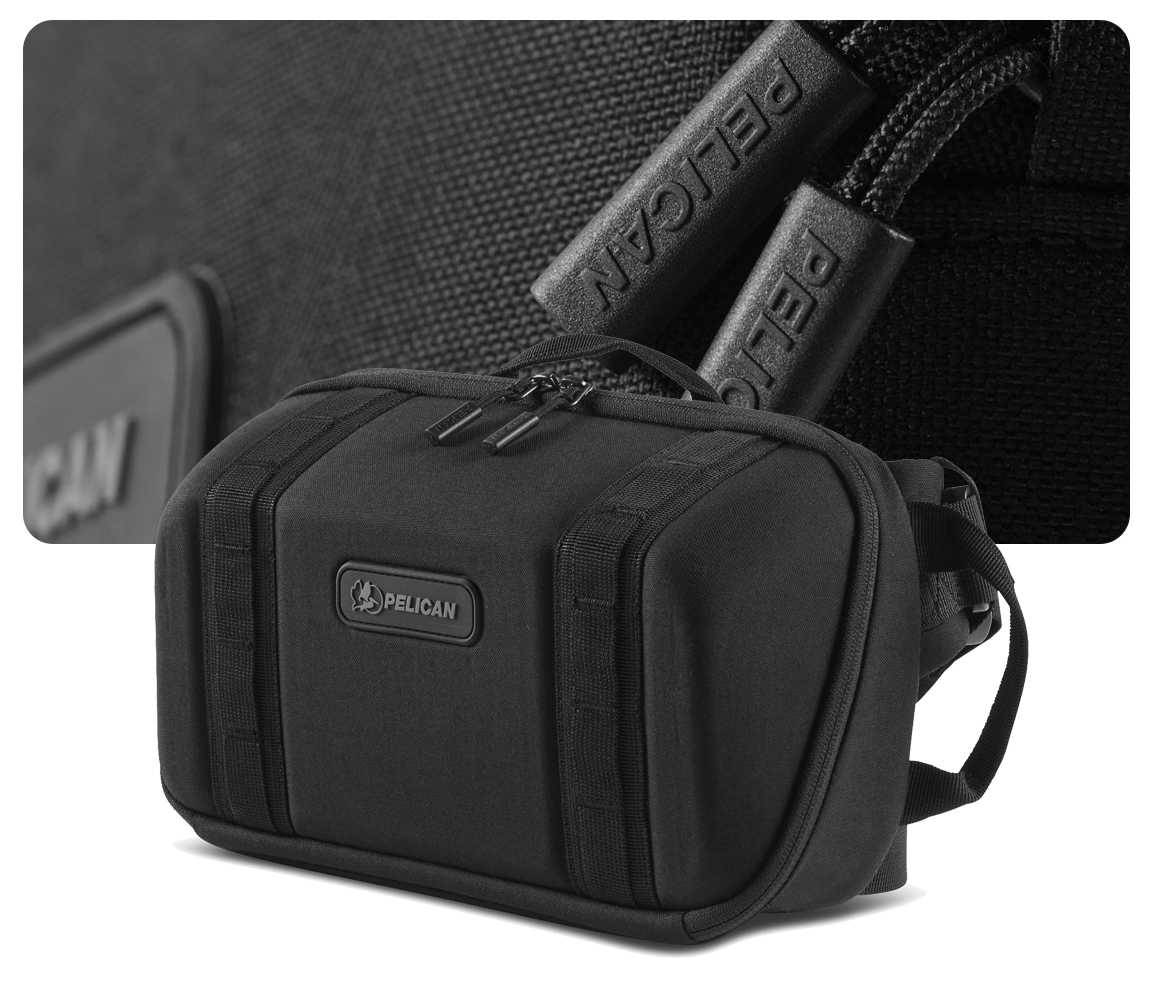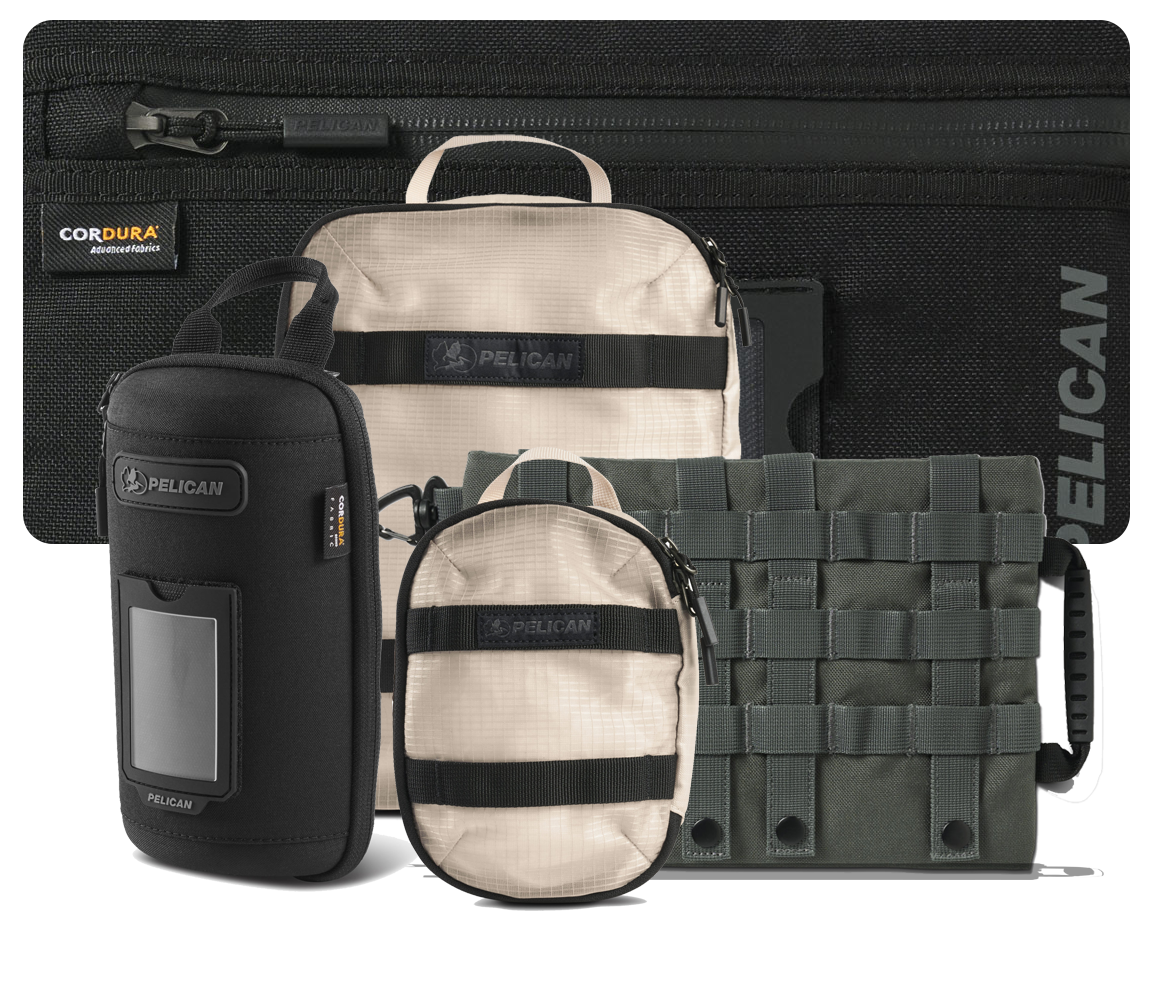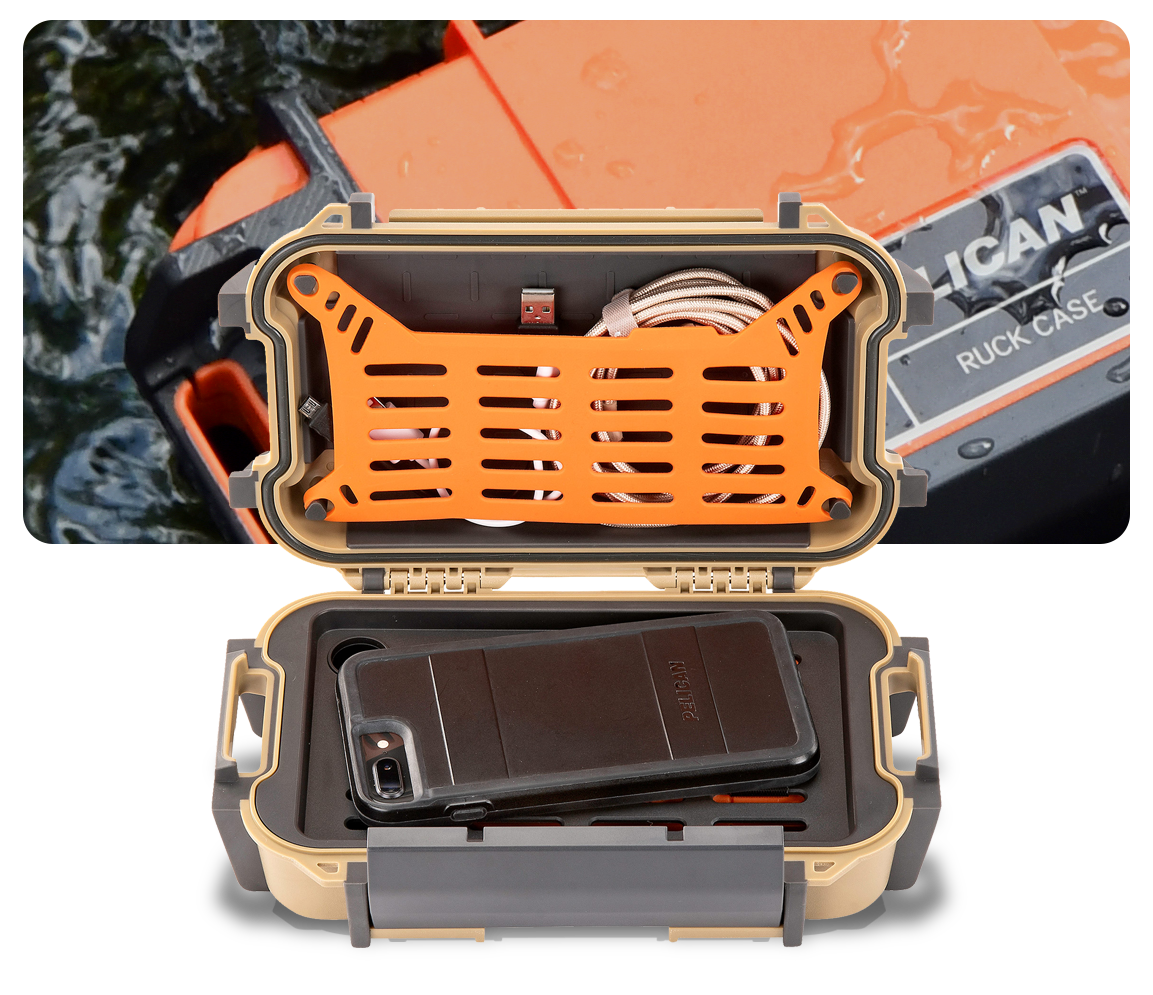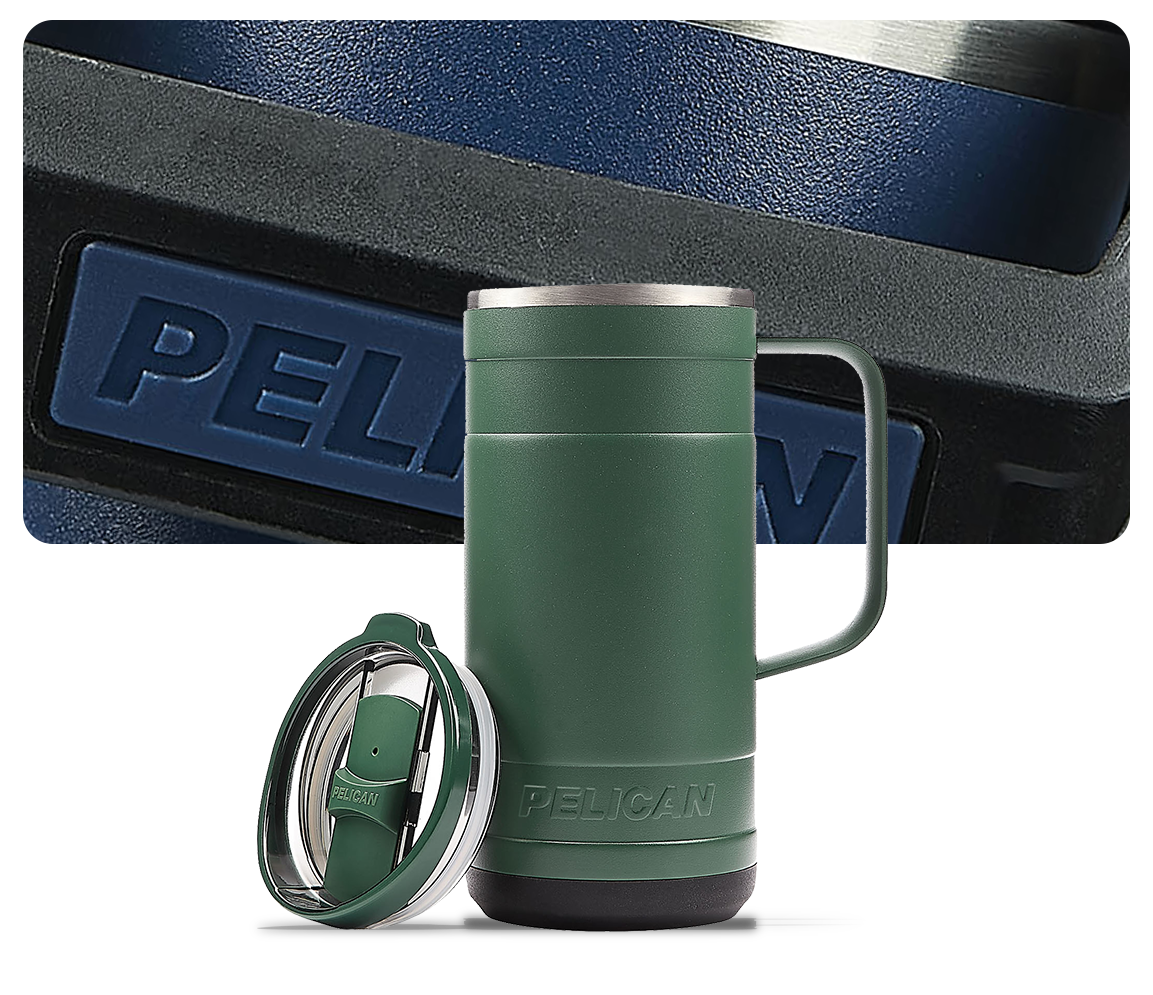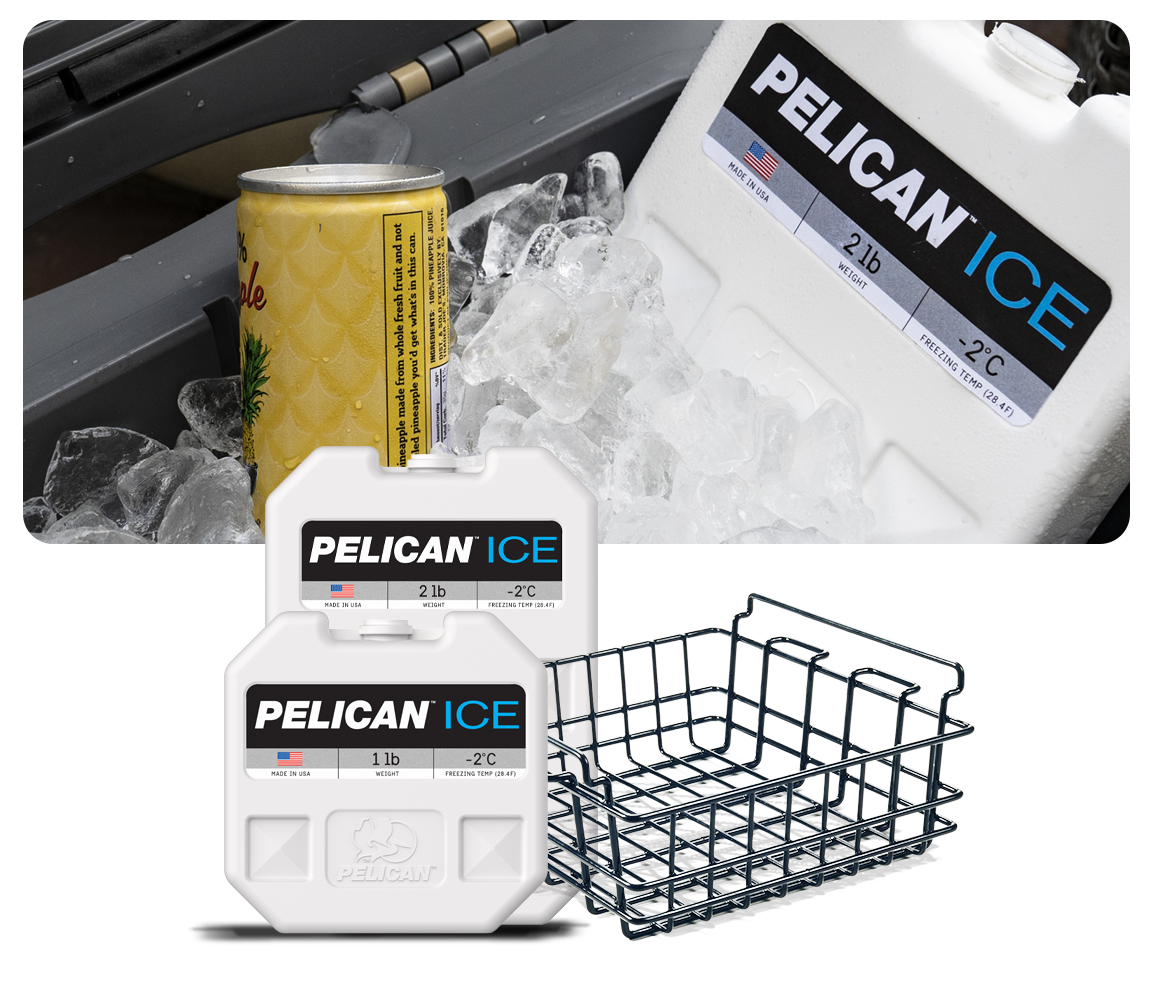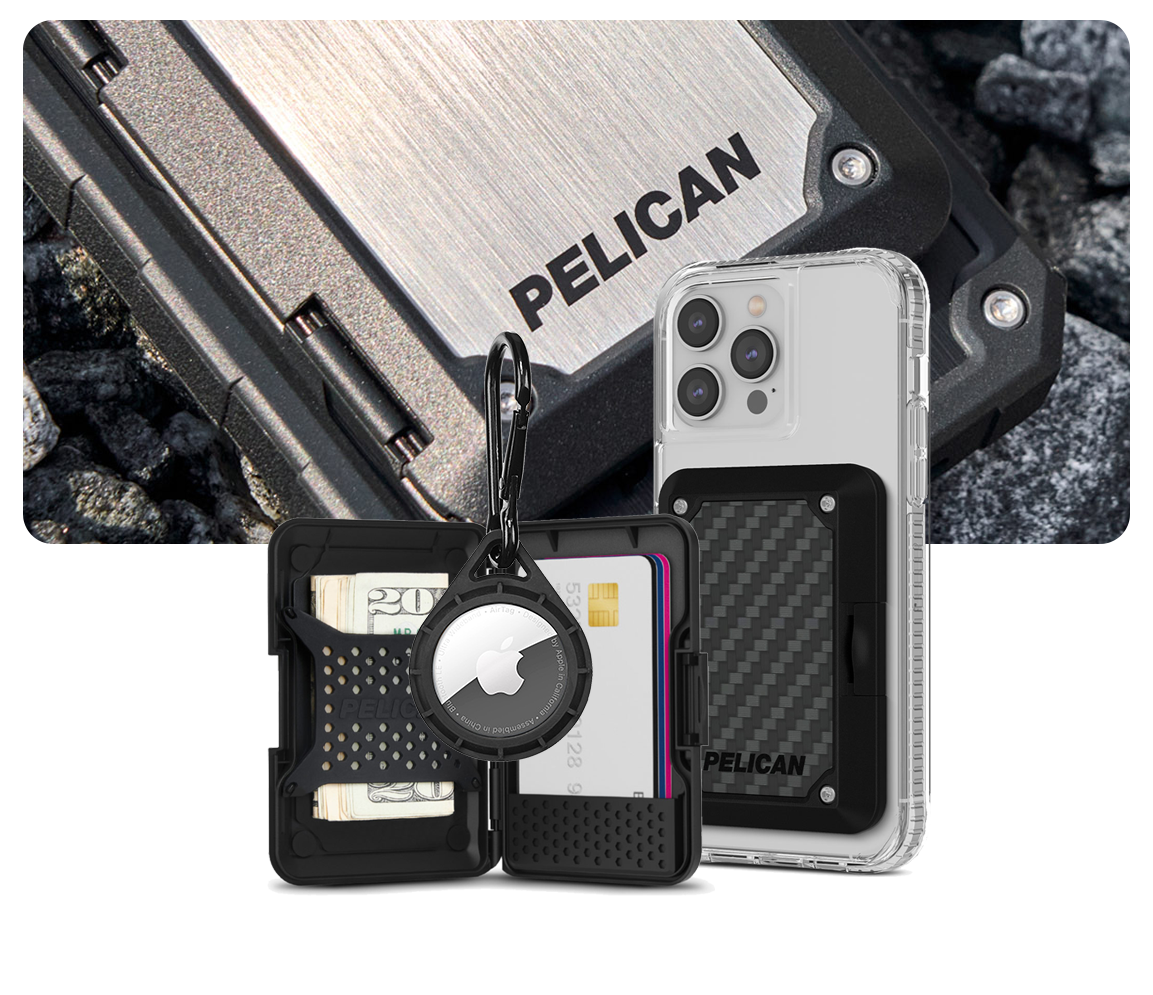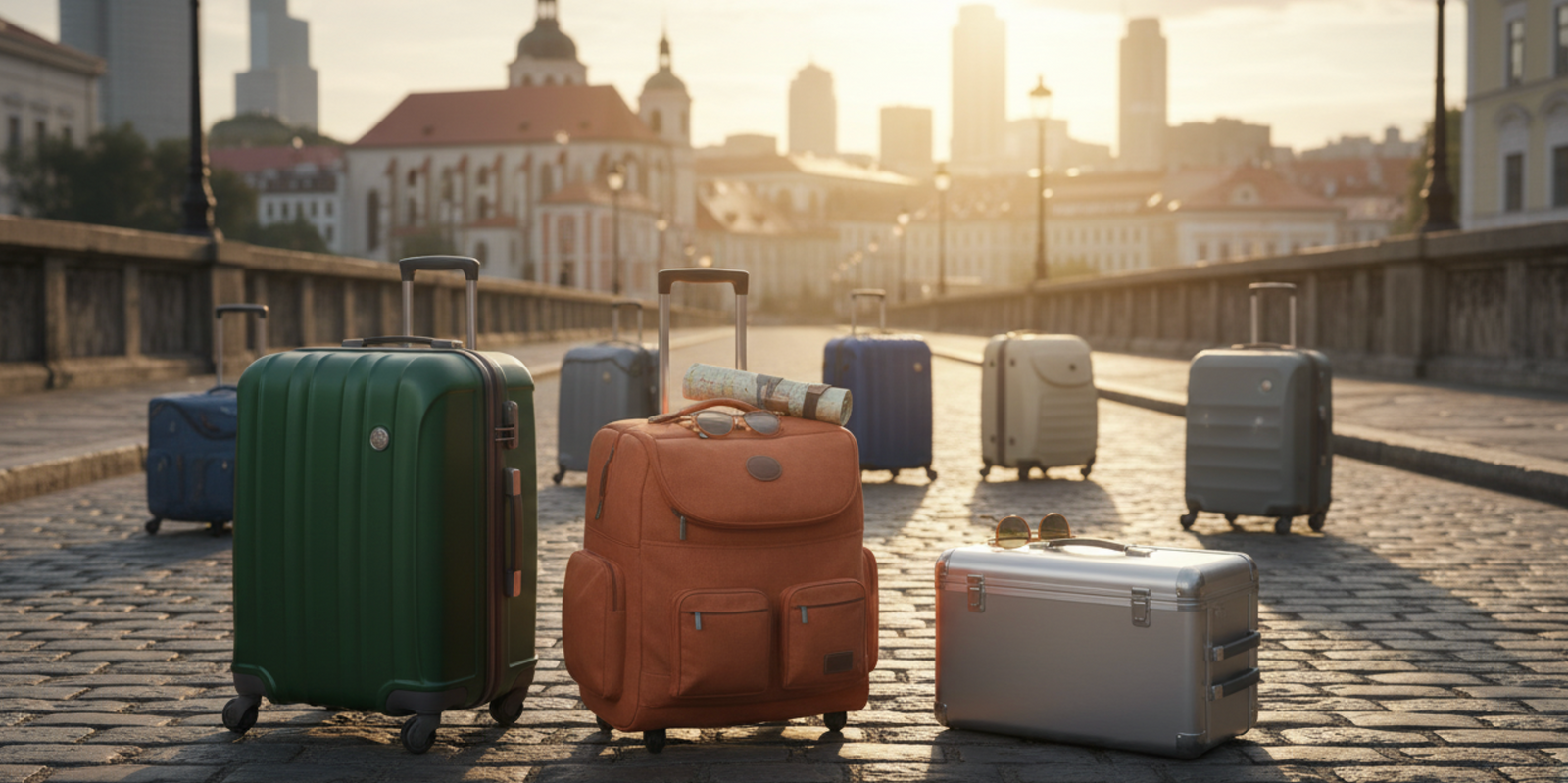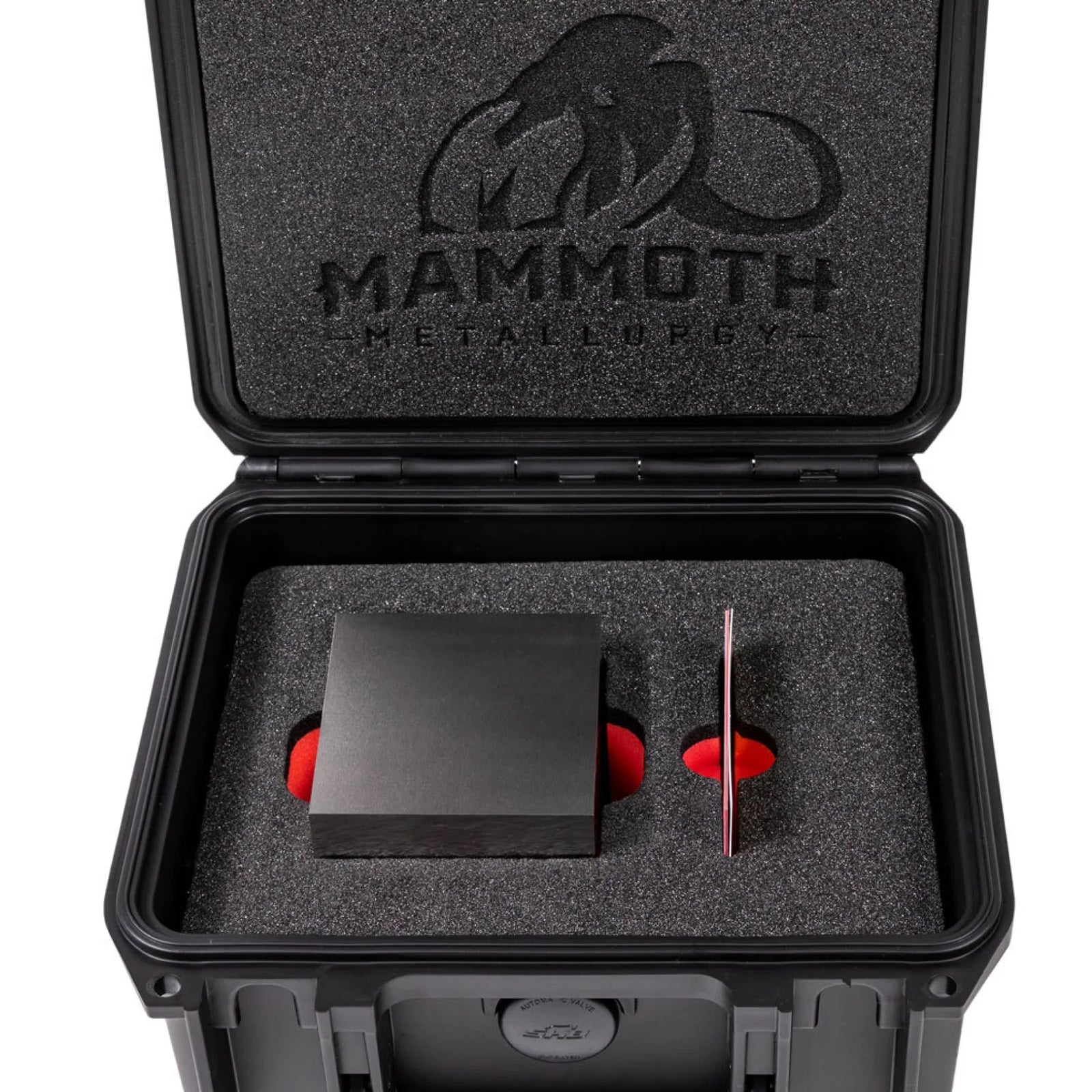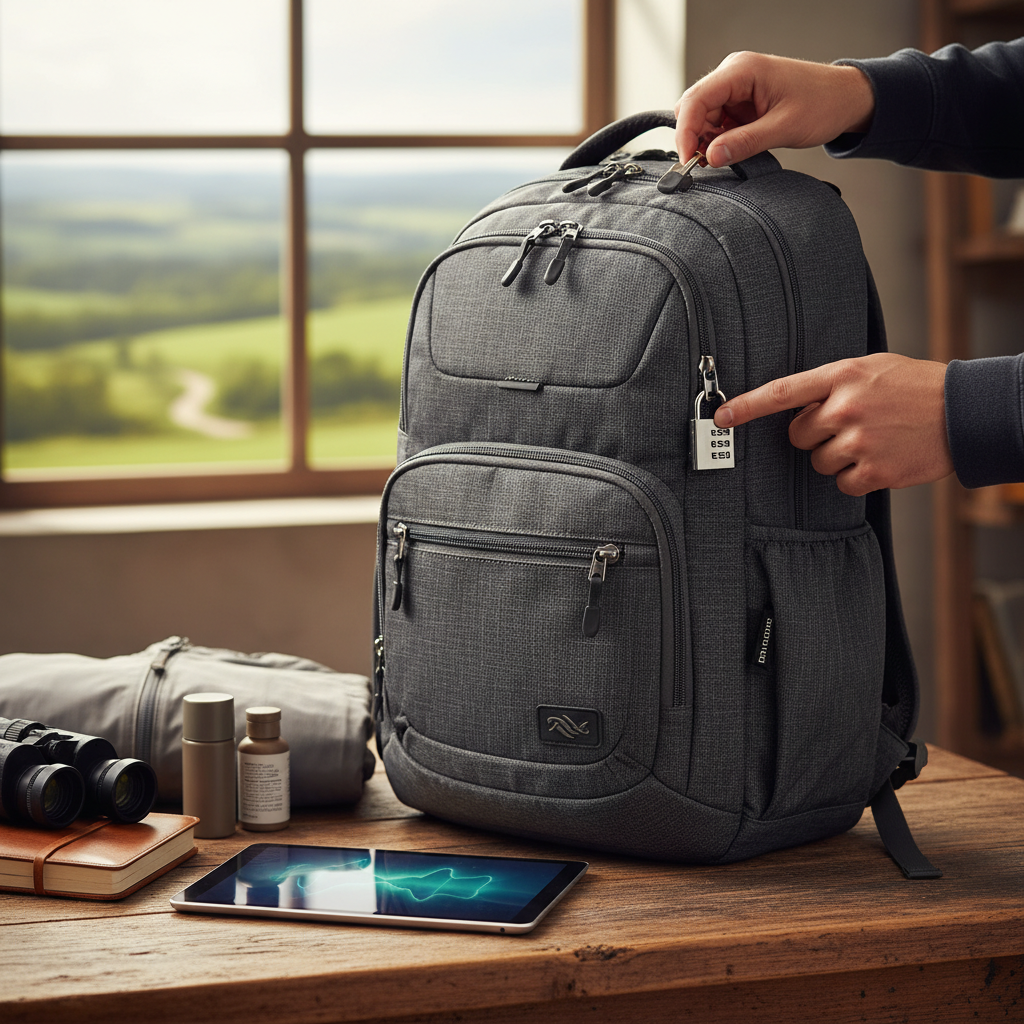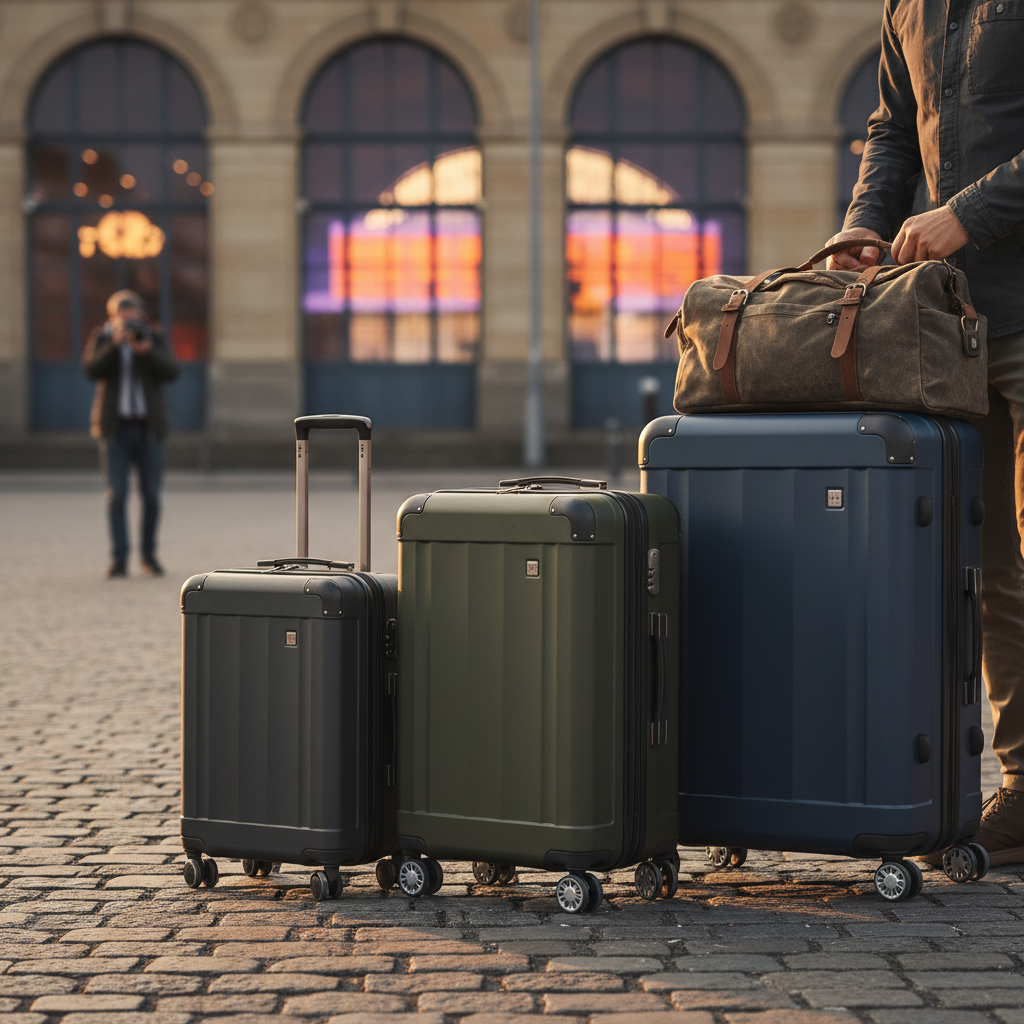Quick Summary / Key Takeaways
If you only remember 5 things from this guide, make it these:
-
Prioritize material (polycarbonate, ballistic nylon) and wheel type (spinner vs. inline) based on durability and maneuverability for your travel style.
-
Assess size and weight restrictions for your typical airlines; a carry-on should fit standard overhead bins (often 22"x14"x9").
-
Look for robust features like YKK zippers, TSA-approved locks, and comfortable telescopic handles to ensure longevity and ease of use.
-
Consider specialized compartments, expansion capabilities, and water resistance for specific packing needs and weather conditions.
-
Invest in a reputable brand with a good warranty; it’s not just luggage, it’s an investment in stress-free travel.

Introduction
Ah, the trusty travel case with wheels. It's more than just a piece of luggage; it's your silent partner in adventure, your portable closet, and sometimes, your impromptu rest stop in a chaotic terminal.But let's be honest, not all rolling cases are created equal. The market is flooded with options, from sleek hard-sides that promise ultimate protection to flexible soft-sides brimming with pockets. Choosing the right travel companion can feel like a daunting task, fraught with questions about durability, maneuverability, and those ever-present airline restrictions. Should you go for the effortless glide of spinner wheels or the rugged resilience of inline skates? Is polycarbonate truly superior to ballistic nylon? And how do you ensure your investment doesn't fall apart after its first tarmac tango? This guide cuts through the noise. Drawing on years of expert insights and countless miles logged, we'll equip you with the knowledge to select a wheeled travel case that not only meets your needs but elevates your entire journey. No more wrestling with a wobbly handle or battling stuck wheels; it's time to travel smarter, not harder.
Hard-Side vs. Soft-Side Rolling Luggage: A Comparison
|
Feature |
Hard-Side (e.g., Polycarbonate) |
Soft-Side (e.g., Ballistic Nylon) |
Best Use Case |
|
Durability |
Excellent impact resistance, scratch-prone |
Good tear resistance, less impact-proof |
Protecting fragile items, international travel |
|
Weight/Flexibility |
Can be heavier, rigid structure |
Lighter, more flexible, expandability |
Frequent fliers, fitting odd spaces |
|
Weather Resistance |
Often water-resistant, sealed zippers |
Varies, depends on fabric treatment |
Rainy climates, protecting electronics |
|
Security |
Integrated locks common, puncture-resistant |
Easier to slash, padlock loops |
High-value items, peace of mind |
Airline Carry-On Restrictions: A Snapshot (Major US & Budget)
|
Airline |
Max Dimensions (inches, L x W x H) |
Max Weight (lbs) |
Notes |
|
United Airlines |
22 x 14 x 9 |
No stated limit |
Fits under seat or overhead bin |
|
Delta Air Lines |
22 x 14 x 9 |
No stated limit |
Some international routes have weight limits |
|
American Airlines |
22 x 14 x 9 |
No stated limit |
Personal item also allowed |
|
Ryanair (Priority) |
21.6 x 15.7 x 7.8 |
22 lbs (10 kg) |
Non-priority: small personal bag only |
Contest Launch Checklist
-
Research airline carry-on size/weight limits for typical routes.
-
Evaluate wheel type (spinner vs. inline) based on maneuverability needs.
-
Confirm handle stability and zipper quality for long-term use.
-
Read reviews on durability and warranty coverage.
Post-Contest Follow-Up Checklist
-
Empty and thoroughly clean your travel case after each trip.
-
Check wheels and telescopic handle for damage or wear; lubricate if needed.
-
Store in a clean, dry place to prevent mildew and prolong material life.
-
Periodically inspect seams and zippers for signs of fatigue.
Table of Contents
SECTION 1: UNDERSTANDING THE BASICS: WHAT DEFINES A GREAT TRAVEL CASE?
1. What makes a travel case "great" beyond just holding clothes?
2. How important is the weight of an empty travel case?
3. What are the key durability features to look for in wheeled luggage?
SECTION 2: CHOOSING YOUR WHEELS: SPINNERS VS. INLINE
4. What's the difference between spinner wheels and inline skate wheels?
5. Which type of wheels is more durable for frequent travelers?
6. Can spinner wheels handle rough terrain like cobblestones or uneven pavements?
SECTION 3: MATERIAL MATTERS: HARD-SIDE, SOFT-SIDE, AND HYBRIDS
7. What are the pros and cons of hard-side travel cases?
8. Why would someone choose a soft-side travel case over a hard-side?
9. Are hybrid travel cases the best of both worlds?
SECTION 4: SIZE, WEIGHT, AND AIRLINE RESTRICTIONS
10. What are the standard dimensions for carry-on luggage?
11. How much does airline weight limit typically affect travel case choice?
12. Are there universal guidelines for personal item dimensions?
SECTION 5: BEYOND THE WHEELS: ESSENTIAL FEATURES & MAINTENANCE
13. What internal organization features are most useful?
14. Are TSA-approved locks truly necessary for wheeled luggage?
15. How do I properly maintain my travel case with wheels for longevity?
Frequently Asked Questions
SECTION 1: UNDERSTANDING THE BASICS: WHAT DEFINES A GREAT TRAVEL CASE?
FAQ 1: What makes a travel case "great" beyond just holding clothes?
A great travel case with wheels combines durability, maneuverability, thoughtful organization, and lightweight design, ensuring your belongings are protected and your journey is effortless. It's about how well it performs under stress – navigating cobblestones, surviving baggage handlers, and gliding smoothly through terminals. The best cases offer a seamless user experience, making packing and transit less of a chore. Ultimately, a truly great case serves as a reliable travel companion, not just a container.
Real Results:After switching to a 6.5 lb polycarbonate case with spinner wheels, I reduced my travel time through airports by 15 minutes per trip due to effortless navigation and lighter carrying load.
Takeaway:Invest in a travel case that prioritizes durable construction, ease of movement, and intelligent internal design for a smoother journey.
FAQ 2: How important is the weight of an empty travel case?
The weight of an empty travel case is critically important because it directly impacts your total packing capacity, especially with strict airline weight limits, and reduces physical strain. A heavier empty case means you can pack fewer items before hitting baggage limits, potentially leading to excess baggage fees or difficult choices about what to leave behind. Lighter cases, often made from advanced polycarbonate or ballistic nylon, allow for more personal belongings. This ensures you maximize your allowance without compromising on essentials or adding unnecessary bulk to your travels.
Real Results:Many budget airlines have 35-40 lb checked bag limits; a 10 lb empty case leaves 25-30 lbs for clothes, while a 6 lb case offers 29-34 lbs, potentially saving $50+ in overweight fees.
Takeaway:Opt for the lightest durable case you can find to maximize your packing allowance and avoid unnecessary fees.
FAQ 3: What are the key durability features to look for in wheeled luggage?
Key durability features to look for in wheeled luggage include high-quality wheel components, robust zippers, a strong telescopic handle, and resilient shell or fabric materials. Spinner wheels should be double-wheeled and reinforced, handles should extend and retract smoothly without wobbling, and zippers like YKK are known for their strength and anti-burst capabilities. For hard-sides, look for virgin polycarbonate; for soft-sides, ballistic nylon or high-denier polyester with water-resistant coatings ensures longevity. These elements collectively determine how well your case withstands the rigors of travel.
Real Results:My previous case’s cheap plastic handle broke after just two trips, costing me $150 to replace it. A friend’s case with YKK zippers survived 5+ years without a single zipper failure, saving repair costs.
Takeaway:Prioritize reinforced wheels, YKK zippers, a sturdy handle, and quality materials to ensure your luggage lasts.
SECTION 2: CHOOSING YOUR WHEELS: SPINNERS VS. INLINE
FAQ 4: What's the difference between spinner wheels and inline skate wheels?
Spinner wheels are four (or eight) multi-directional wheels that rotate 360 degrees, allowing the bag to glide effortlessly alongside you, while inline skate wheels are two fixed, larger wheels designed for pulling the bag behind you. Spinners offer superior maneuverability in tight spaces and reduce strain on your arm, making them ideal for navigating crowded airports. Inline wheels, often recessed, are more durable on uneven terrain and offer better stability when pulled, but require tilting the bag. The choice depends heavily on your preferred travel style and the surfaces you typically encounter.
Real Results:Switching from inline to spinner wheels allowed my elderly aunt to effortlessly navigate a busy European train station, avoiding physical strain and making her independent.
Takeaway:Choose spinner wheels for ease of movement in airports, and inline wheels for durability on rougher outdoor terrains.
FAQ 5: Which type of wheels is more durable for frequent travelers?
Inline skate wheels are generally considered more durable for frequent travelers because they are often recessed into the bag's frame and feature larger, more robust materials, making them less prone to damage. Being partially enclosed, inline wheels are less exposed to impacts from curbs, stairs, and baggage handling equipment, which can snap off external spinner wheels. While spinner wheels offer convenience, their exposed nature and multiple swivel points can be points of failure. High-quality inline wheels with sealed bearings are built to withstand considerable wear and tear.
Real Results: A business traveler I know tracked his luggage damage; spinner wheels failed on 3 out of 5 bags within a year, while his inline wheel bag lasted 3 years before any wheel issues.
Takeaway:For maximum durability and resistance to harsh travel conditions, inline skate wheels are usually the more resilient choice.
FAQ 6: Can spinner wheels handle rough terrain like cobblestones or uneven pavements?
While spinner wheels excel on smooth airport floors, they struggle significantly on rough terrain like cobblestones or uneven pavements, often getting stuck, breaking, or offering poor control. Their small size and multi-directional design make them vulnerable to snags and impacts on irregular surfaces. On such terrain, you typically have to tilt the bag and drag it on two wheels, essentially negating their 360-degree advantage and increasing wear. For these conditions, larger, more robust inline skate wheels or even duffel bags without wheels are often superior choices.
Real Results:During a trip to Rome, my spinner luggage wheels got severely chewed up on ancient cobblestones, eventually requiring a costly repair kit and a lot of frustration.
Takeaway:Avoid using spinner wheels on rough terrain; tilt and drag or opt for inline wheels for better durability and control.
SECTION 3: MATERIAL MATTERS: HARD-SIDE, SOFT-SIDE, AND HYBRIDS
FAQ 7: What are the pros and cons of hard-side travel cases?
Hard-side travel cases typically offer superior protection for fragile contents, better water resistance, and enhanced security, but can be less flexible for overpacking and prone to scratches. Their rigid shells, often made from polycarbonate or ABS, protect against impacts and compression. The downsides include their inability to expand significantly for extra items, potential for visible scuffs and scratches, and sometimes heavier construction. They are excellent for protecting valuables and surviving harsh baggage handling. Their sleek appearance is also a plus for some travelers.
Real Results:My hard-side protected a bottle of wine and a glass souvenir from breaking on a cross-country flight, a feat my old soft-side couldn't match, saving me from a messy disaster.
Takeaway:Choose a hard-side case for optimal protection of fragile items and improved water resistance, especially for checked luggage.
FAQ 8: Why would someone choose a soft-side travel case over a hard-side?
Travelers often choose soft-side travel cases for their flexibility, external pockets, lighter weight, and expandability, making them ideal for flexible packing and easy access to essentials.Soft-sides, typically made from ballistic nylon or polyester, can conform better to tight overhead bins or car trunks and often feature multiple exterior compartments for quick retrieval of items like passports or books. They tend to be lighter than hard-sides, which helps with airline weight limits. This adaptability and organizational convenience are key drivers for their popularity among many travelers.
Real Results:My soft-side carry-on often fits into airline sizers even when slightly overstuffed, whereas my hard-side struggles, saving me from gate-checking on a tight connection.
Takeaway:Opt for a soft-side case if you prioritize external organization, expandability, and a lighter empty weight for your travels.
FAQ 9: Are hybrid travel cases the best of both worlds?
Hybrid travel cases aim to combine the protective benefits of hard-sides with the organizational flexibility of soft-sides, often featuring a hard back panel and a soft, pocketed front.They often offer enhanced protection for the main compartment while retaining external pockets for quick access to essentials, striking a balance between durability and convenience. However, they can sometimes be heavier than pure soft-sides and may still lack the full rigidity of a hard-side or the complete flexibility of a soft-side. Their effectiveness largely depends on the specific design and materials used by the manufacturer.
Real Results:A hybrid case with a hard back and soft front allowed me to protect my laptop securely while still having quick access to travel documents in the front pocket, streamlining airport security.
Takeaway:Hybrid cases offer a good compromise for travelers needing both protection and quick access, but evaluate specific designs carefully.
SECTION 4: SIZE, WEIGHT, AND AIRLINE RESTRICTIONS
FAQ 10: What are the standard dimensions for carry-on luggage?
The most widely accepted standard dimensions for carry-on luggage are approximately 22 x 14 x 9 inches (56 x 36 x 23 cm), including wheels and handles, though this can vary slightly by airline. This size is designed to fit comfortably in the overhead bins of most major aircraft. However, always check the specific airline's current policy before flying, as budget carriers or international airlines sometimes impose stricter limits. Adhering to these dimensions helps avoid gate-checking fees and ensures a smoother boarding process, preventing delays for yourself and others.
Real Results:I once saw a traveler forced to pay $75 to gate-check their bag that was just 1 inch too tall, causing a 10-minute delay for the entire boarding line.
Takeaway:Always measure your carry-on, including all protrusions, and verify with your airline's specific dimensions before every trip.
FAQ 11: How much does airline weight limit typically affect travel case choice?
Airline weight limits significantly affect travel case choice, particularly for checked luggage or stricter budget airline carry-on policies, often necessitating lighter empty cases and strategic packing.Standard checked bag limits are typically 50 lbs (23 kg) for economy class on major carriers, while some international or budget airlines impose limits as low as 22-30 lbs (10-14 kg) even for carry-ons. Choosing a lighter case material (e.g., polycarbonate over aluminum) and a design that maximizes usable space while minimizing its own weight becomes crucial to avoid costly overweight baggage fees.
Real Results:My cousin bought a beautiful but heavy aluminum case, and on her first trip, paid $100 in overweight fees because the empty case alone took up 15 lbs of her 50 lb allowance.
Takeaway:Prioritize lightweight luggage if you frequently encounter strict airline weight limits or tend to pack heavily.
FAQ 12: Are there universal guidelines for personal item dimensions?
There are no universal guidelines for personal item dimensions; instead, airlines typically define a personal item as something small enough to fit under the seat in front of you, usually a backpack, purse, or laptop bag. Common dimensions are around 18 x 14 x 8 inches (45 x 35 x 20 cm), but these are highly variable. Always check your specific airline's website for their exact personal item dimensions, as exceeding them might require gate-checking or combining with your main carry-on. Understanding these limits maximizes your total allowed luggage without extra fees.
Real Results:On a recent flight, a traveler's "personal item" backpack was deemed too large by EasyJet and they were charged an unexpected £30 at the gate.
Takeaway:Verify your personal item dimensions with your specific airline to avoid last-minute fees and ensure it fits under the seat.
SECTION 5: BEYOND THE WHEELS: ESSENTIAL FEATURES & MAINTENANCE
FAQ 13: What internal organization features are most useful?
The most useful internal organization features include compression straps, mesh dividers, wet pockets, and zippered compartments, all designed to secure belongings and keep them tidy. Compression straps help maximize space and prevent clothes from shifting, while mesh dividers and zippered pockets separate items, making it easier to find specific things without unpacking everything. A wet pocket is invaluable for segregating damp swimsuits or toiletries. These features collectively contribute to a more organized, less stressful packing and unpacking experience.
Real Results: My travel case with compression straps allowed me to pack an extra two outfits for a 7-day trip, effectively increasing my carry-on capacity by 15%.
Takeaway:Look for cases with robust internal compression straps, multiple pockets, and dividers to keep your belongings organized and secure.
FAQ 14: Are TSA-approved locks truly necessary for wheeled luggage?
TSA-approved locks are highly recommended for wheeled luggage, especially checked bags, as they allow security personnel to open your bag for inspection without damaging the lock or the case.These locks feature a specific universal key that only TSA agents possess, preventing forced entry and protecting your belongings from theft or tampering by others. While not legally mandatory, using a non-TSA lock on checked luggage risks having your lock cut off if your bag requires inspection. For carry-ons, they offer a layer of security, but are less critical.
Real Results:I’ve seen countless travelers at the airport with damaged zippers or cut non-TSA locks after their bags were inspected, a problem entirely avoided with a TSA-approved lock.
Takeaway:Always use a TSA-approved lock on checked luggage to protect your belongings and avoid damaged locks or cases.
FAQ 15: How do I properly maintain my travel case with wheels for longevity?
Proper maintenance for your travel case includes regular cleaning, checking and lubricating wheels, inspecting zippers and handles, and storing it in a dry, cool place to maximize its lifespan. After each trip, wipe down the exterior, clean the wheels to remove debris, and vacuum the interior. Periodically apply a silicone-based lubricant to wheels and telescopic handles for smooth operation. Inspect zippers for alignment and wear, and address any loose stitching. Storing your luggage correctly prevents material degradation and mildew, ensuring it's ready for your next adventure.
Real Results:My high-quality spinner wheels started squeaking badly after a year. A 5-minute lubrication with silicone spray restored them to silent, effortless gliding, extending their life by years.
Takeaway:Consistent cleaning, lubrication, and careful storage are crucial for preserving your travel case and its components.

